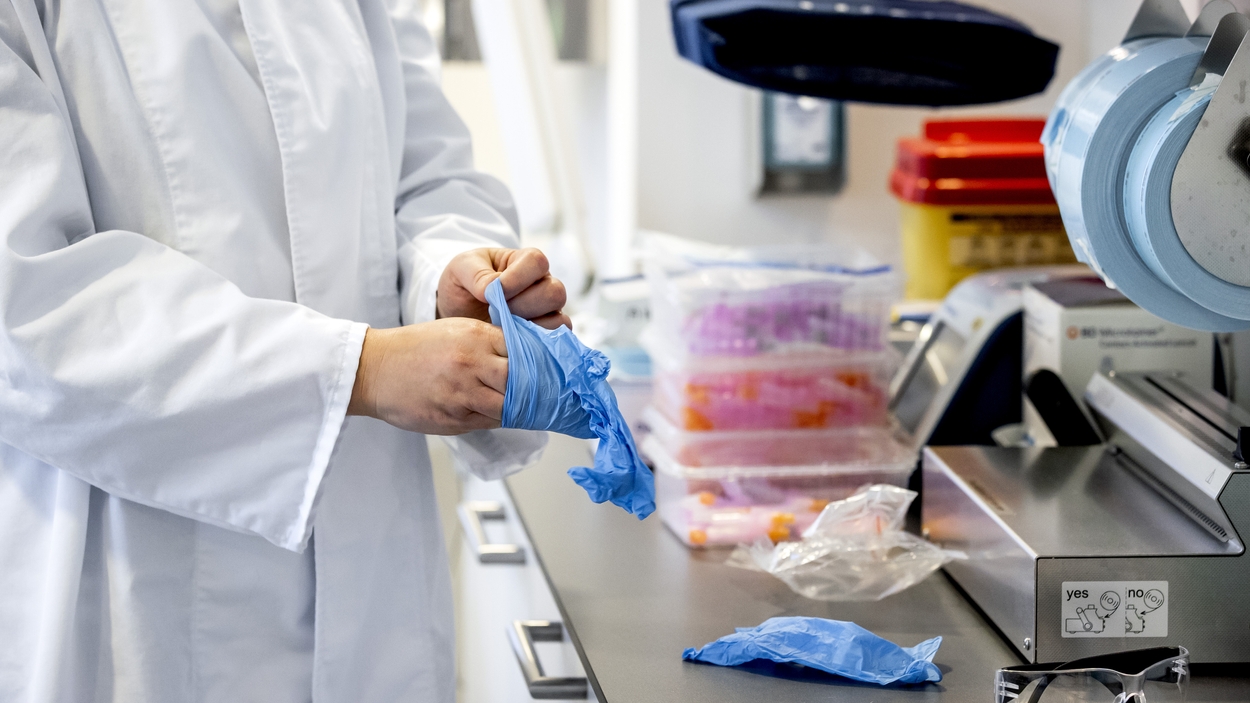Yesterday
•
reading time 3 minutes
•
1494 views
•
store

We are frustrated with the lack of responsibility of physicians and policy makers to provide clear information.
This summer I walked around with scabies for two months without a diagnosis. This skin mite has been around a lot among students for a long time, so I was familiar with the complaints. I immediately showed the itchy blisters between my fingers to my doctor. My partner and his best friend had the same complaints, so wouldn’t it be scabies? No, she decided firmly, it’s heat eczema, more people have that these hot days. Only after weeks of sleepless nights due to the itching and endlessly applying eczema cream did the news come from my partner’s girlfriend. After months of complaints, she was referred to the dermatologist, who confirmed that she had scabies.
Unfortunately, this example is far from unique. This week we are treating a scabies infection for the seventh time in two years in my Utrecht student house of thirteen. We do this, as all previous times, very carefully. We are informed as best as possible by the often confusing and contradictory information about the treatment and hygiene measures of general practitioners, GGD and RIVM. The framing in the media of students as unhygienic and irresponsible with regard to the scabies epidemic therefore goes down the wrong way. We are frustrated about the lack of responsibility of doctors and policy makers to provide clear information to students and to enable realistic and financially viable treatment.
First of all, it’s about time to disprove the myth that only scumbags who never shower or wash their bedding get scabies. The scabies mite is extremely contagious and persistent. It is only eradicated with extensive skin treatment, plus washing clothes at 50 degrees or quarantine in a garbage bag for three days. If that wasn’t enough, the incubation period is a whopping two to six weeks. So you can walk around contagious for a long time without even realizing it. It is simply part of student life that friends spend the night now and then and some housemates have varying sexual contacts. Scabies is already transmitted when cuddling or sleeping in someone’s bed for 15 minutes, despite the clean sheets. In the event of an infection, all housemates must also participate in the treatment, because we share tea towels (also regularly washed) and furniture. Our house is far from being a pigsty, yet housemates keep getting infected from outside or through each other in the current epidemic.
We take infestations very seriously, especially since some of us know how bad scabies itch is. However, it sometimes seems as if our GPs don’t do that, so we have to help ourselves with various guidelines on the websites of GGDs and RIVM. No less than four of our housemates received incorrect diagnoses from their GPs when they knocked on their door with bumps and itchy complaints. Because of this kind of carelessness, students continue to infect others in ignorance. Moreover, we often received outdated advice from GPs, such as that we can just sit on our furniture. Fortunately, the RIVM has recently established new stricter guidelines that now finally provide unambiguous treatment advice. It is important that general practitioners become familiar with this as soon as possible and learn to diagnose scabies better.
However, the new advice from the RIVM is not without problems. These are now so strict that half our house is wrapped in garbage bags for a week and our washing machine is working overtime. We bend over backwards to allow the simultaneous treatment (very important!) of all thirteen housemates. Moreover, it is now recommended that all contacts (bed partners, roommates) should treat twice with a week in between. The costs for the necessary two tubes of cream are more than forty euros. This is no small feat for students, who also have to contend with the student loan system and sky-high energy costs and grocery prices, especially when new infections keep popping up.
In short, we are immensely frustrated at this point, and distraught about how to proceed if infections continue to occur. I fear that many students will drop out due to the complicated treatment, poor information and high costs of yet another infection. As a result, this epidemic can continue. It is necessary that general practitioners and policymakers make treatment more transparent and accessible to students. And it’s time for the news coverage to tell the honest story about this complex, persistent epidemic.

